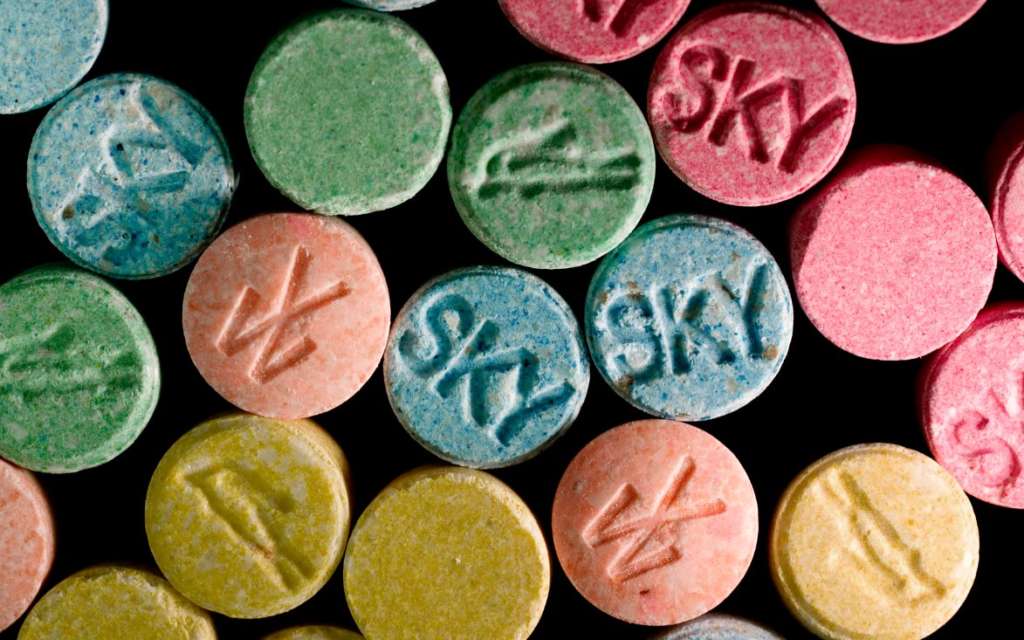Ecstasy is making a comeback in the European Union with online sales and targeted marketing helping to drive the revival among young people, the EU drug agency said Tuesday.
Ecstasy, the common name of MDMA, has returned as “a common stimulant of choice for young people,” the agency said in its annual 2016 European Drug Report on drug trends in the 28-nation bloc.
Ecstasy first established itself in the illegal drug market in the 1990s, but its use declined at the end of the last decade amid poor drug quality and adulteration.
According to the latest survey of the Lisbon-based European monitoring center for drugs and drug addiction (EMCDDA), 2.1 million people aged 15-34 had used ecstasy in the last year, 300,000 higher than the estimate in 2015.
Innovative ways of obtaining chemical compounds used to make the drug, new production methods and marketing techniques that offer varying strengths, colors and shapes of tablets are fueling the business, the EU drug agency said.
Authorities believe most ecstasy in the EU is produced in or around the Netherlands and Lisbon, it said.
Despite ecstasy’s return its use is still dwarfed by the popularity of cannabis. That remains the EU’s biggest-selling drug in money terms with an estimated annual retail value of 9.3 billion euros ($10.3 billion) — around 38 percent of the total illegal drug market — in 2013, the last year for which full figures are available.
Heroin sales are estimated to be the second-highest, at 6.8 billion euros, followed by cocaine at 5.7 billion euros. Sales of MDMA are believed to total almost 700 million euros.
Cannabis offenses, mostly involving use or possession for personal use, account for close to three-fourths of all drug-related offenses in the EU.
Cocaine use appears to be higher in western and southern EU countries, while amphetamines are more prominent in northern and eastern EU, according to the report.
The agency said online drug sales appear to be growing, representing an “important new challenge for drug policy.”
Alexis Goosdeel, the EU drugs agency director, said: “The revival of MDMA brings with it the need to rethink existing prevention and harm-reduction responses to target and support a new population of users who may be using high-dose products, without fully understanding the risks involved.”
“Intoxications and even deaths associated with this drug are highlighted in our new report. This is particularly worrying since MDMA is moving into more mainstream social settings and is increasingly available via online markets,” he added.
